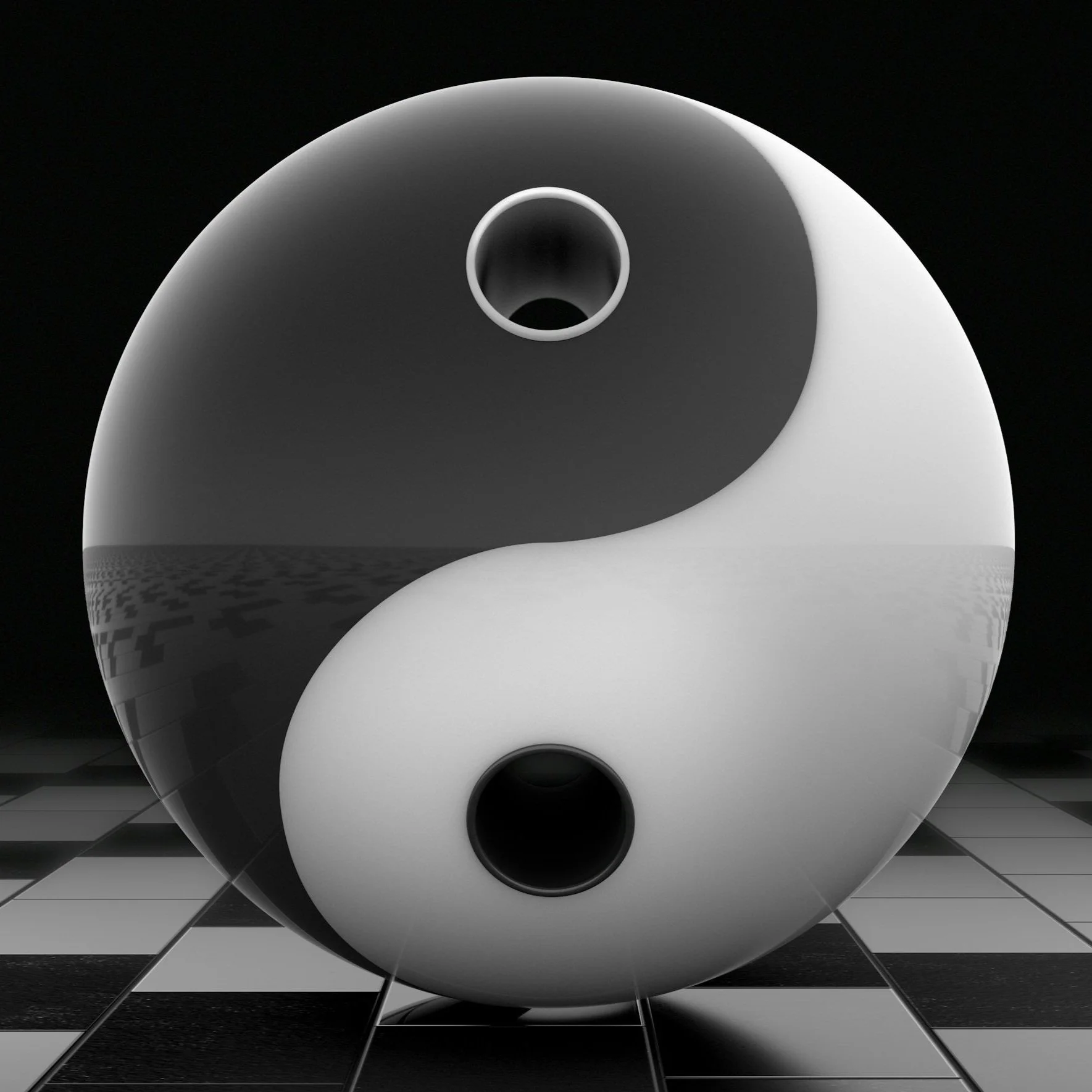What is Dialectical Thinking?
Make it stand out
Whatever it is, the way you tell your story online can make all the difference.
Introduction
Every day, we face the tension of choosing between two good options. This morning, for example, I had to choose between the comfort of staying in bed and the opportunity to get up and go to work. Some choices are common and relatively insignificant, offering quick “either-or” options. Others are more complex and require us to hold two important but contrasting values over time. This is known as dialectical thinking.
One of my favorite examples of dialectical thinking comes from Fiddler on the Roof. In this beloved musical, Tevye, a Jewish dairy farmer in a Ukrainian village, constantly grapples with the tension between the security of tradition and the pull of new, progressive developments within his family and community. Themes of poverty and wealth, politics and religion, tradition and change, love and loss, individuality and family—each bring him face to face with opposing truths.
In one powerful scene, Tevye wrestles with his love for his daughter Chava and her decision to marry outside their faith. While he wants to support her agency and happiness, he also feels bound by cultural and religious tradition. He leans one way, then the other, and finally—unable to reconcile the tension—declares with deep anguish, “There is no other hand.”
Tevye is not alone. We all face the discomfort and complexity of dialectical thinking. Let’s explore what it is and why it matters—especially in our relationships and sexuality.
What Is Dialectical Thinking?
Merriam-Webster defines dialectic as:
“Any systematic reasoning, exposition, or argument that juxtaposes opposed or contradictory ideas and usually seeks to resolve their conflict: a method of examining and discussing opposing ideas in order to find the truth.”
Other terms that capture this concept include:
Paradoxical dilemmas
Integrative thinking
Synthesis of opposites
Holding contradictions
At its core, dialectical thinking sets two values in tension—not to choose one over the other, but to expand our understanding and arrive at a broader and more complete truth.
Common Dialectical Pairings
Here are just a few:
Justice & Mercy
Confidence & Humility
Compassion & Assertiveness
Giving & Receiving
Individuality & Togetherness
Certainty & Doubt
Expressiveness & Caution
(See my handouts on Dialectical Thinking for more examples.)
It’s Not About “Good” vs. “Bad”
Opposing dialectical values aren’t enemies. They don’t cancel each other out or fight for dominance. Instead, they invite us to hold both sides as valuable, each with its own wisdom.
When we feel out of balance, it helps to ask:
What value or principle am I strong in?
Is there a complementary value I’ve neglected?
Am I stuck in an extreme version of one side?
For instance, someone overwhelmed by shame may need to develop confidence. A person locked in aggression may need to cultivate compassion. The solution often lies in building up the underdeveloped value that sits opposite our default mode.
Complementary Opposites: The Power of Both/And
The Eastern symbol of Yin and Yang captures the complementary paradox of dialectical thinking beautifully. Each side fits into the other, forming one whole.
Within dialectical thought, the two sides support and strengthen one another. The complete whole is greater than the sum of the parts, Saint Teresa Benedicta of the Cross (Edith Stein), as quoted by Pope John Paul II, offered this striking reminder:
“Do not accept anything as truth that lacks love, and do not accept anything as love that lacks truth. One without the other is a destructive lie.”
—Pope John Paul II, Homily, 1998
We need a world rich in pluralism and diversity—of gender, age, race, culture, religion, personality, and sexual expression. The same is true of the values we hold. They complement and deepen one another when held in respectful tension.
Dialectics in Relationships & Sexuality
So what do dialectics have to do with your relationships and sexuality? Everything.
We’re often drawn to partners who share enough values to feel safe, yet offer contrasting qualities that spark excitement. That initial thrill—built on diversity, novelty, and challenge—creates energy and attraction.
But over time, those same contrasts can become sources of conflict and frustration. The “fun spark” gives way to “Why are we so different?” This is where the dialectic becomes a powerful tool. Rather than splitting apart, couples can lean into the tension, embrace complementary strengths, and build something greater than the sum of their parts.
Examples in Intimacy
Intimacy and sexuality involve navigating:
Pursuing vs. Withdrawing
Stillness vs. Movement
Listening vs. Speaking
Individuality vs. Unity
These opposites are not problems to solve but energies to balance. Learning to hold both sides of the dance—yours and your partner’s—builds resilience, connection, and fulfillment.
Dialectical thinking isn’t just a concept; it’s a relational skill. One that transforms how we relate, love, and grow.
Conclusion
If this exploration of dialectics brought both resonance and discomfort, you’re in the right place.
Dialectical thinking invites us to step into broader, more balanced perspectives—especially in intimate and sexual relationships. It encourages us to reflect on our values, habits, traditions, and assumptions. From there, we can grow.
So now the question is—are you ready to go to work and apply this? Or… take a nap?
Either way, both options might be right.
References
Merriam-Webster Dictionary. Definition of dialectic.
https://www.merriam-webster.com/thesaurus/guiltyWhat is dialectical thinking and how can it help you?
Mental Health Today


